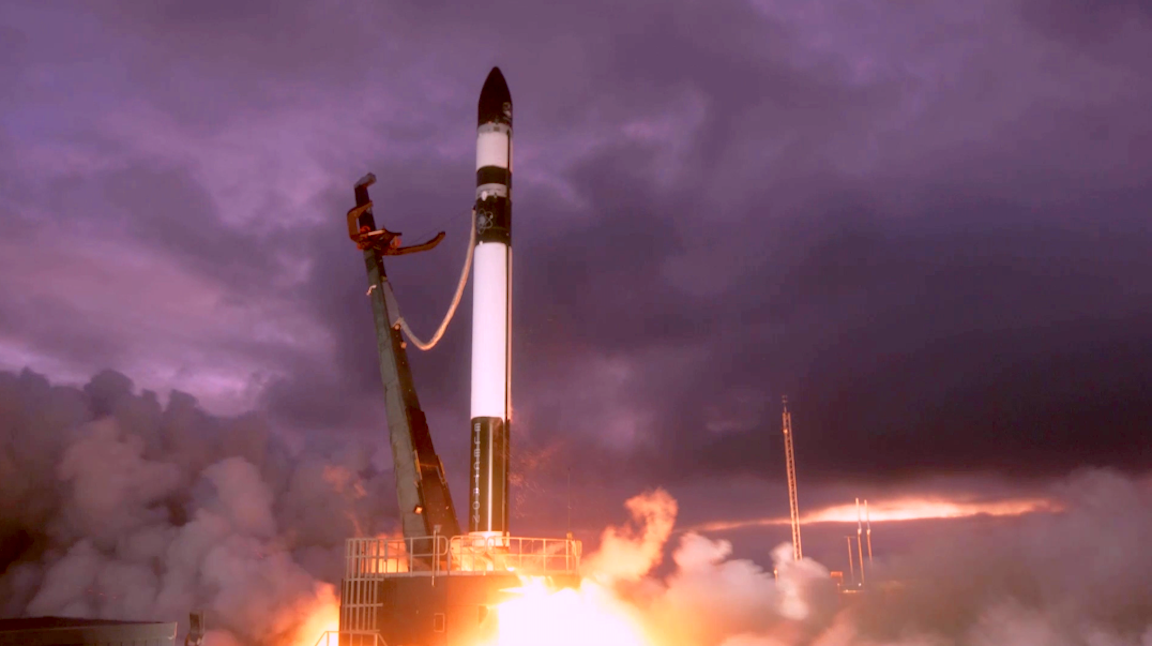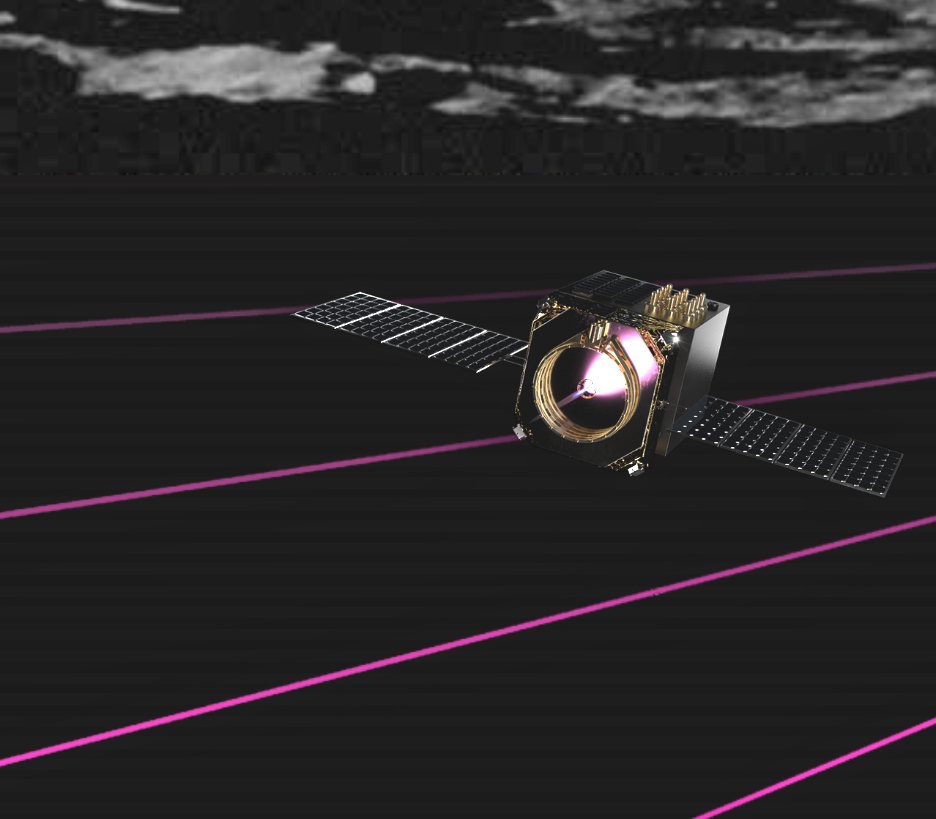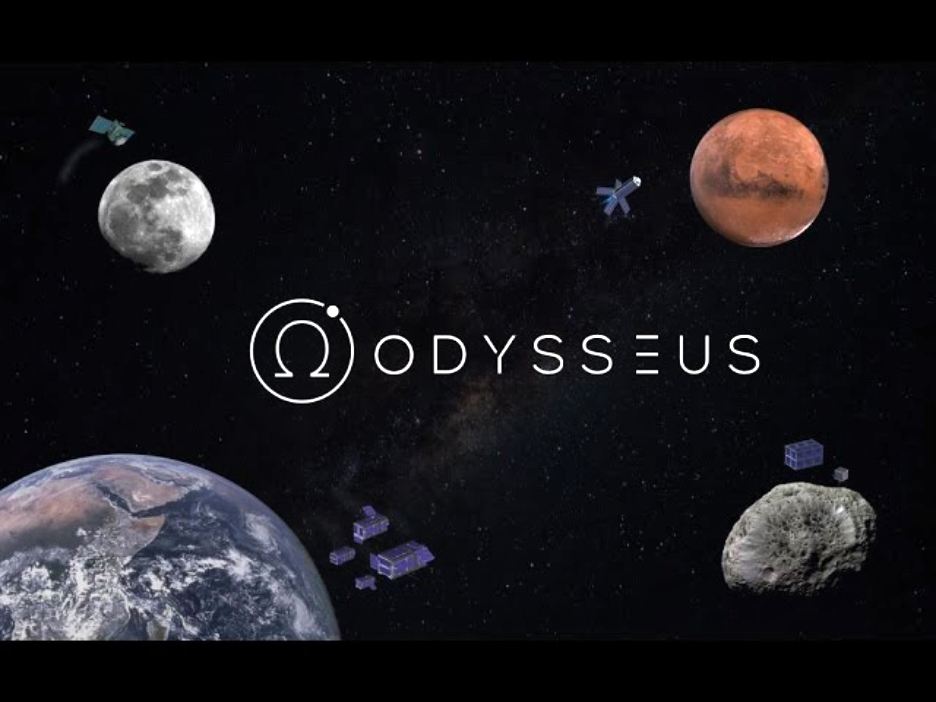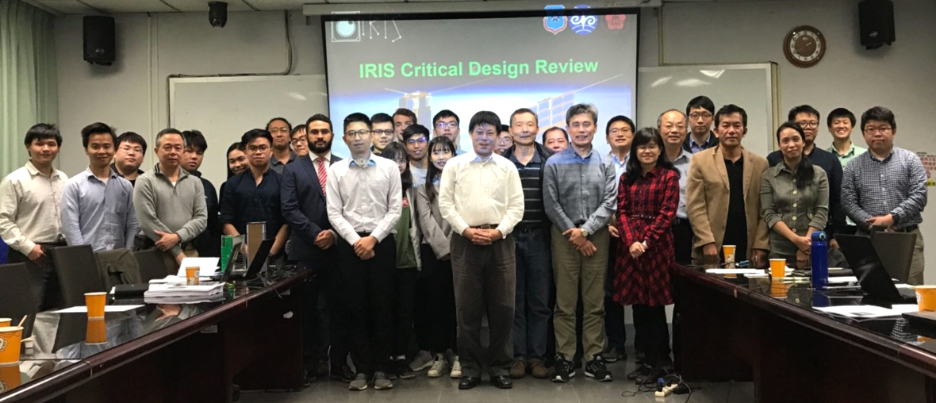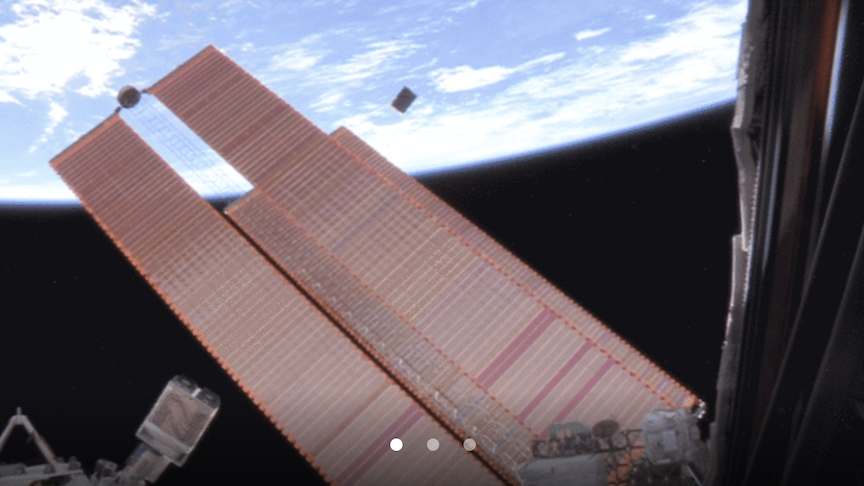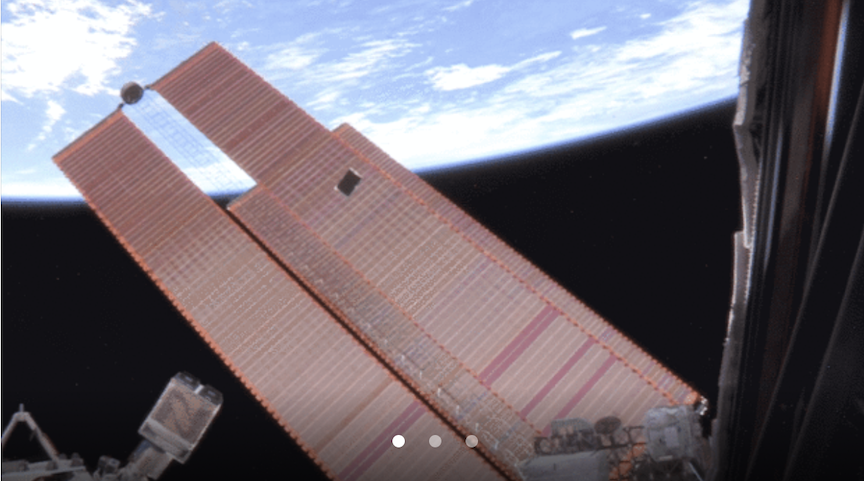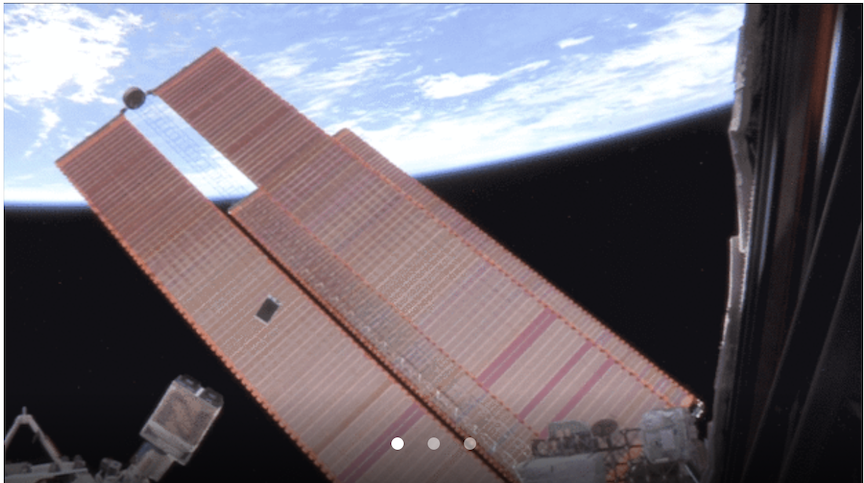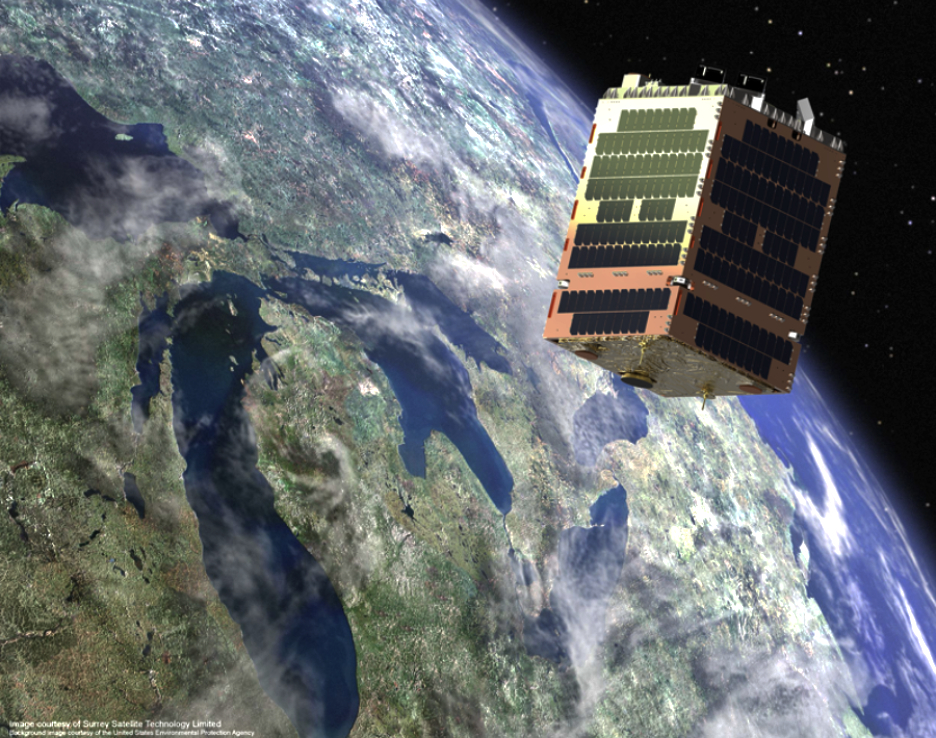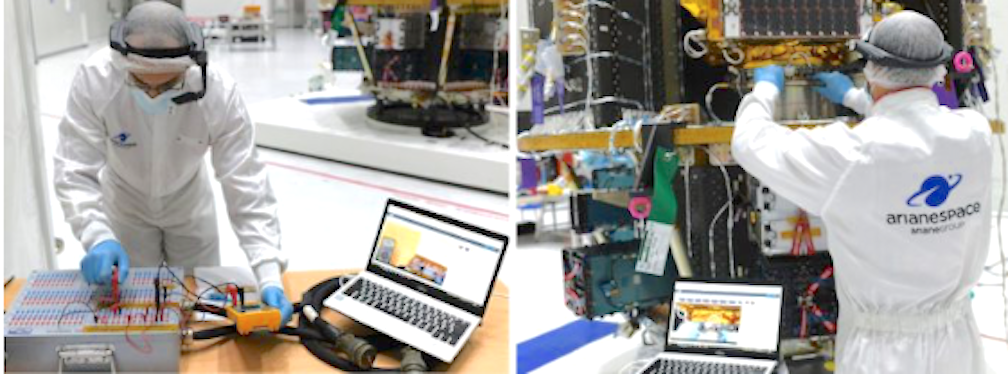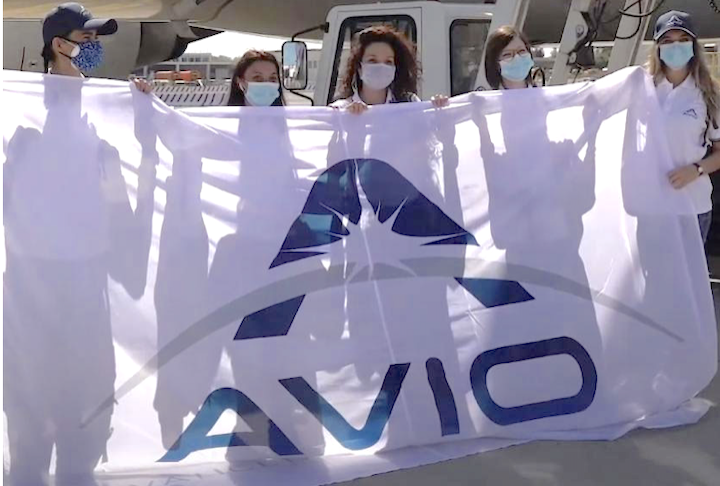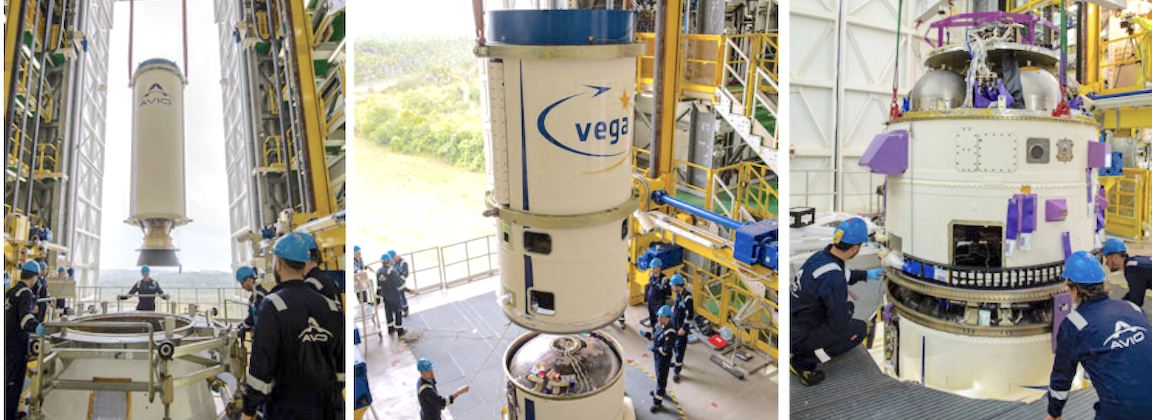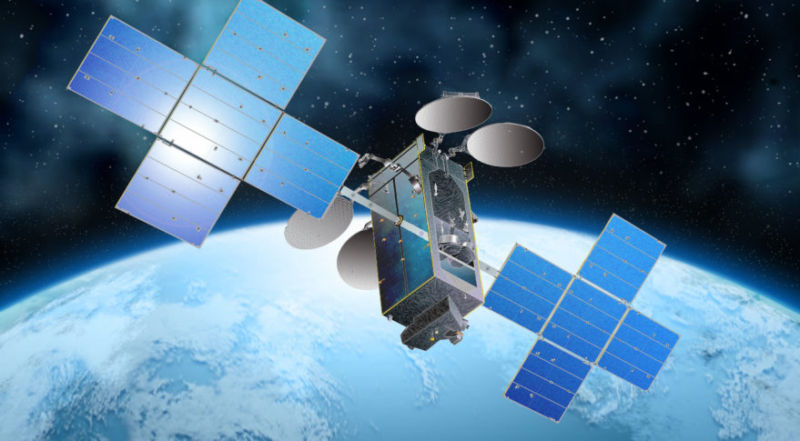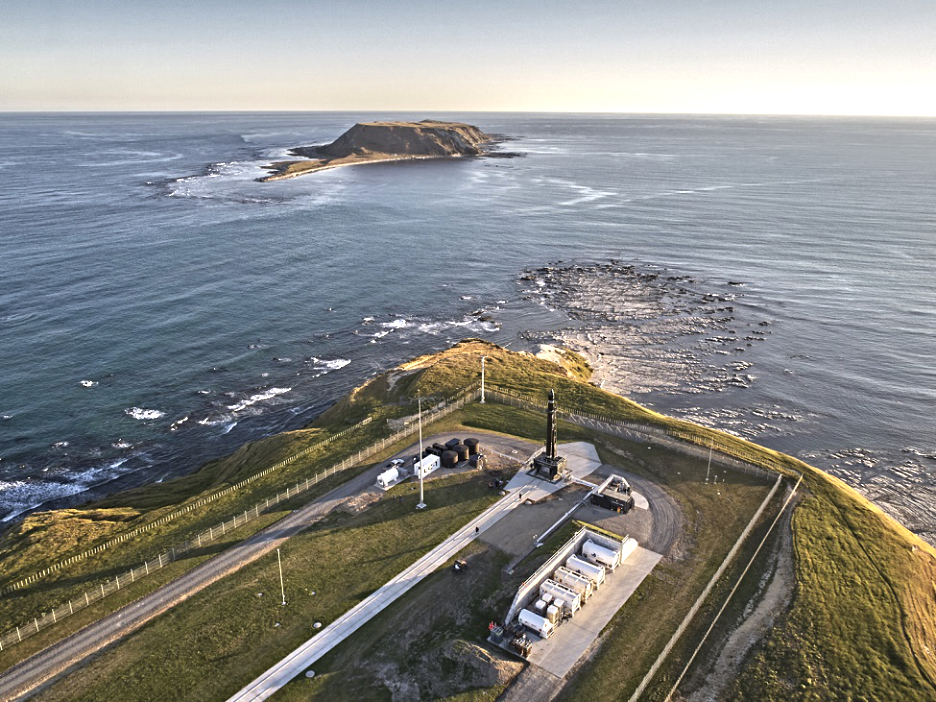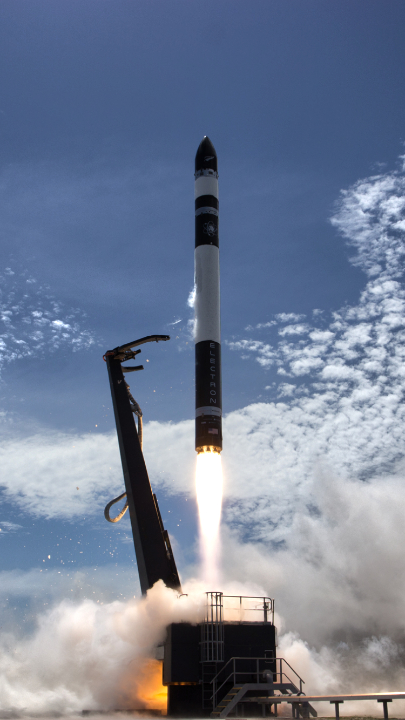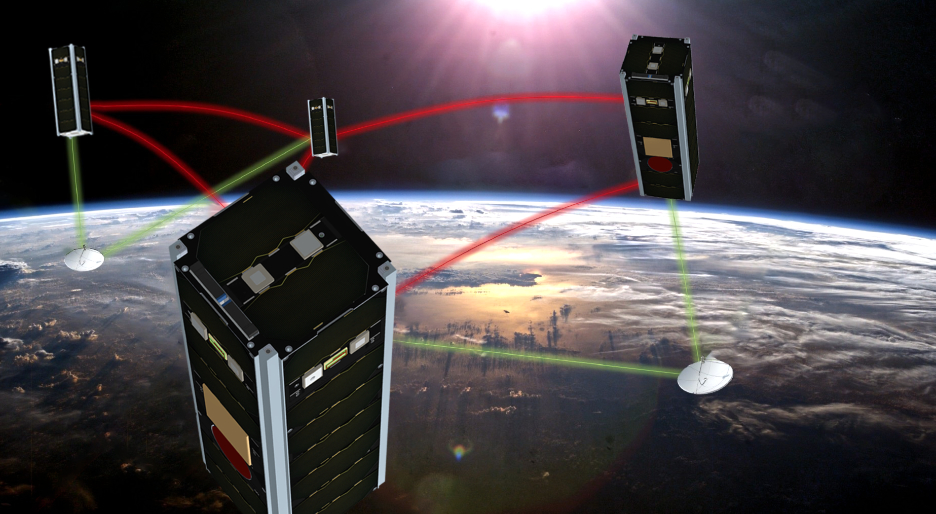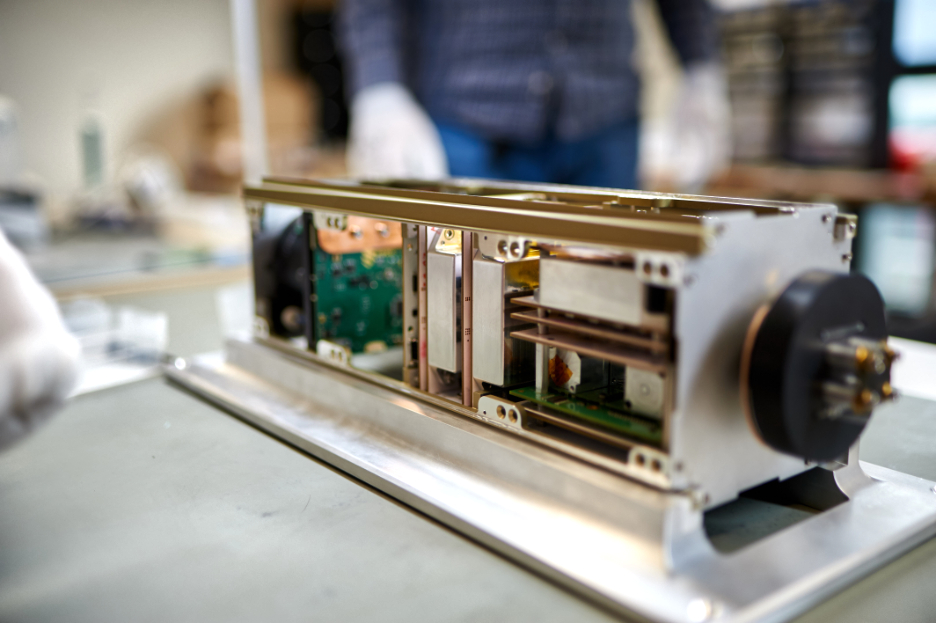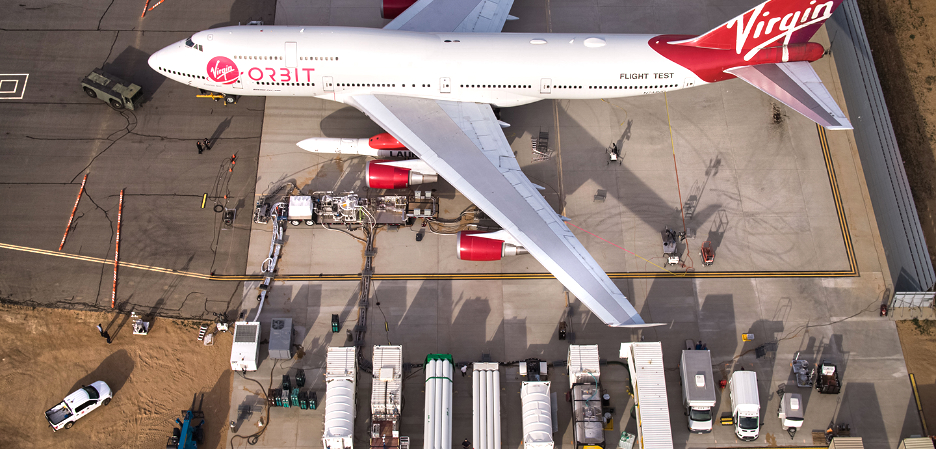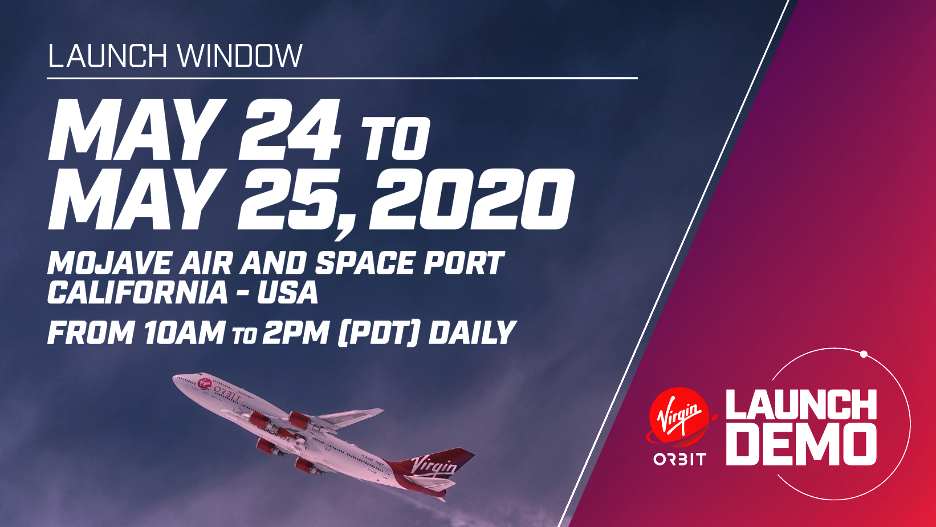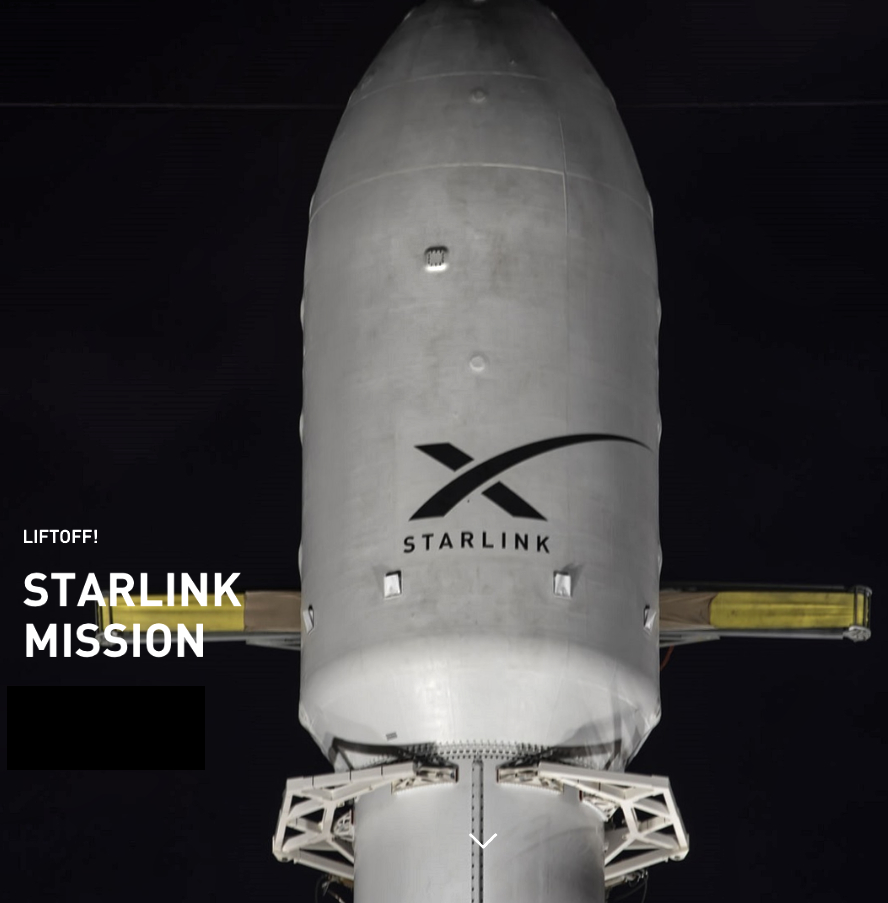
On Saturday, June 13, at 5:21 a.m. EDT, 9:21 UTC, SpaceX successfully launched their ninth Starlink mission, carrying 58 Starlink satellites and three of Planet’s SkySats — this mission marked SpaceX’s first SmallSat Rideshare Program launch.
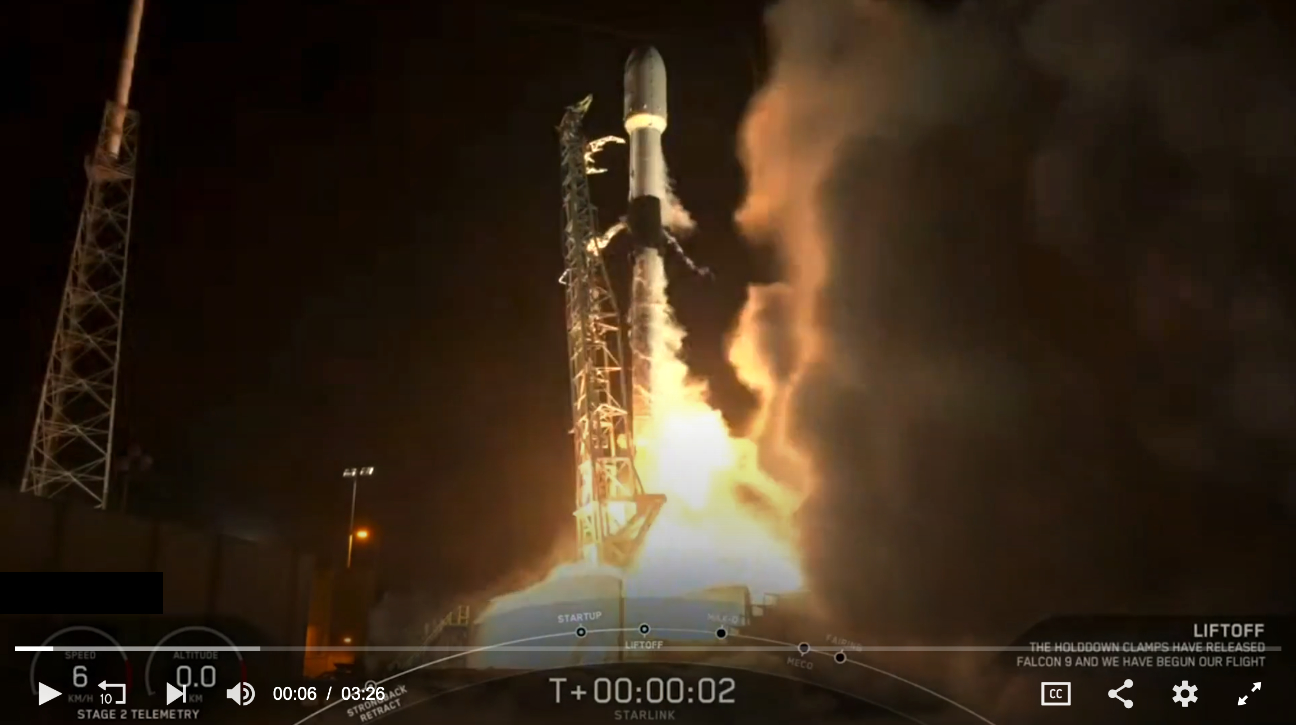
Falcon 9’s first stage previously supported Dragon’s 19th and 20th resupply missions to the International Space Station. Following stage separation, SpaceX’s Falcon 9 first stage successfully landed on the “Of Course I Still Love You” droneship stationed in the Atlantic Ocean.
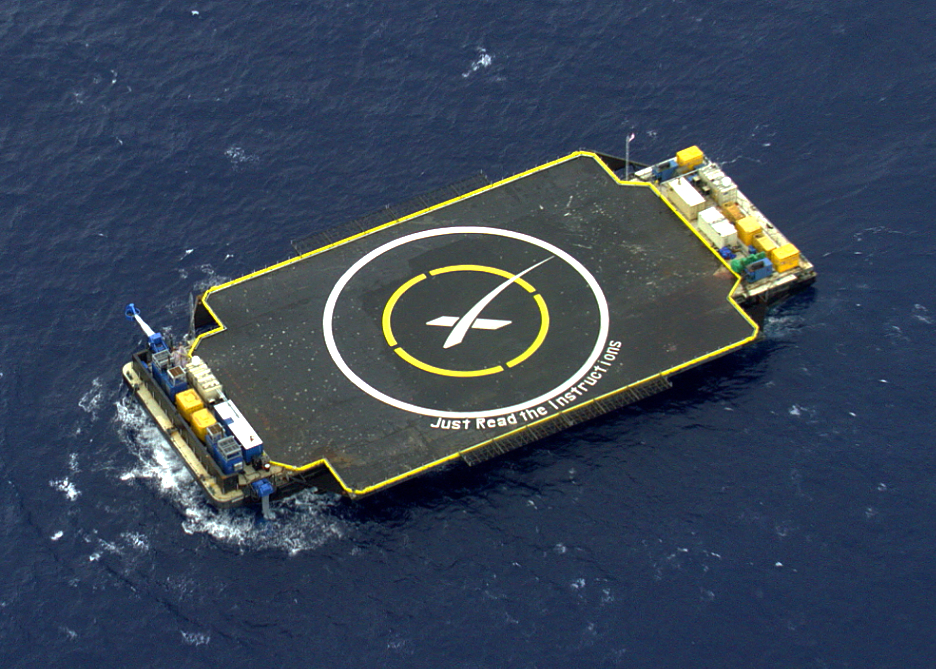
The “Of Course I Still Love You” droneship.
Photo is courtesy of SpaceX.
One half of Falcon 9’s fairing previously flew on the JCSAT-18/Kacific1 mission and the other half previously flew on SpaceX’s third Starlink mission. Planet’s SkySats were deployed sequentially beginning about 12 minutes after liftoff and then the Starlink satellites were deployed approximately 26 minutes after liftoff.
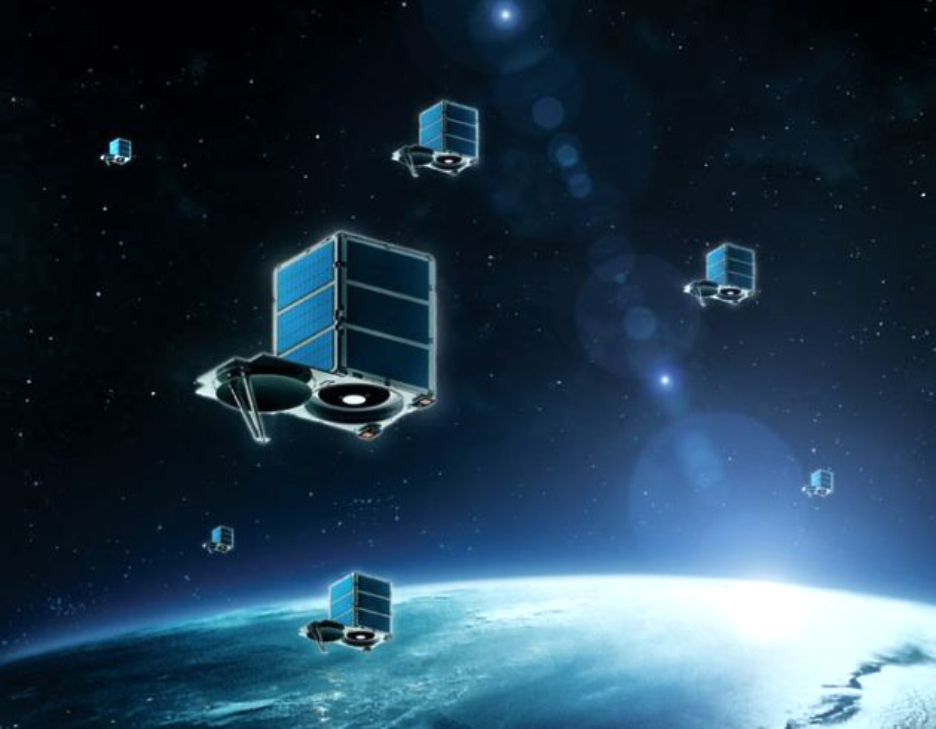
Artistic rendition of Planet’s SkySat smallsats.
Image is courtesy of the company.

